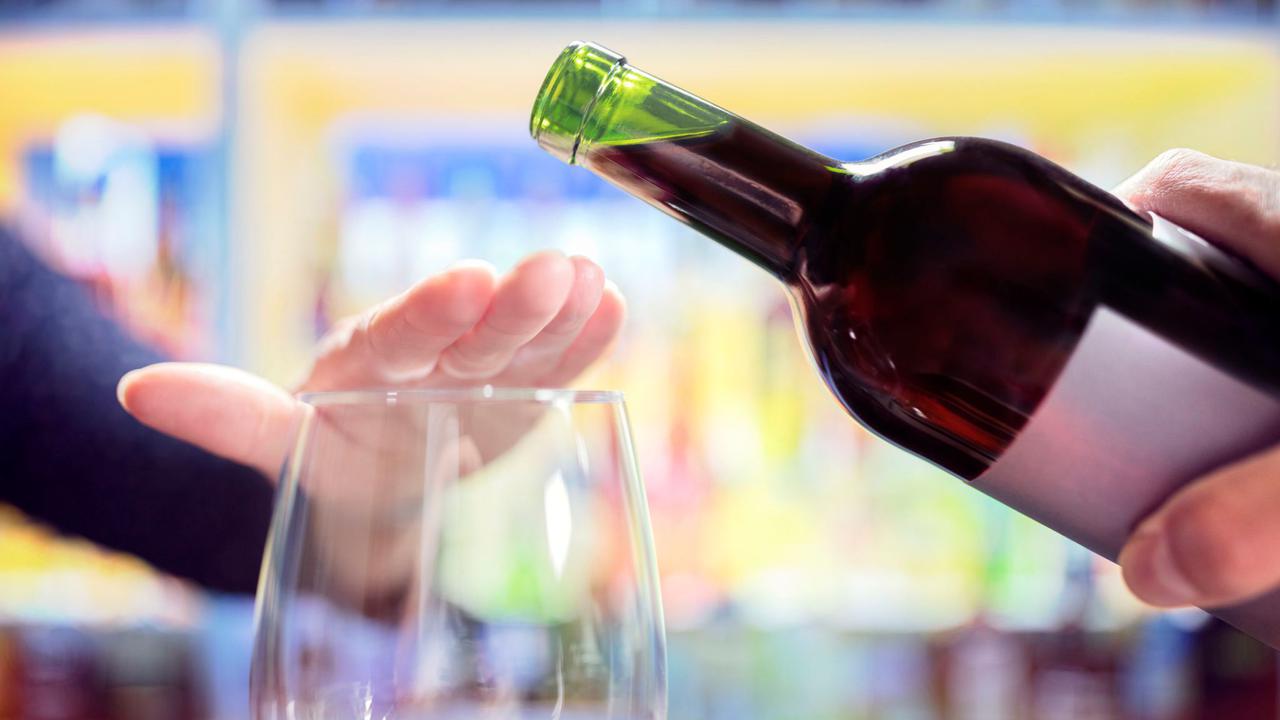Apparently this stuff works - Mike M.
You can feel the difference - Kevin K.
My BP was 157/101... now it is 129/87 - Latasha G.
Seems to work... lowered my numbers by 7% - Scott L.
It is a life saver - Golda C.
I feel better, I have more energy - Alex Y.
My BP went down 10 points in 2 weeks - Lucy W.
I have only been drinking it for 2 weeks and my BP numbers have gone down - Elizabeth S.
Apparently this stuff works - Mike M.
You can feel the difference - Kevin K.
My BP was 157/101... now it is 129/87 - Latasha G.
Seems to work... lowered my numbers by 7% - Scott L.
It is a life saver - Golda C.
I feel better, I have more energy - Alex Y.
My BP went down 10 points in 2 weeks - Lucy W.
I have only been drinking it for 2 weeks and my BP numbers have gone down - Elizabeth S.
Add description, images, menus and links to your mega menu
A column with no settings can be used as a spacer
Link to your collections, sales and even external links
Add up to five columns
Add description, images, menus and links to your mega menu
A column with no settings can be used as a spacer
Link to your collections, sales and even external links
Add up to five columns
4 Things to Know About Alcohol & Dry January
January 04, 2024 2 min read

1. Alcohol and Blood Pressure
When it comes to controlling our blood pressure, we at 120/Life know that moderating our alcohol intake is an important lifestyle choice.
More than one or two drinks in one sitting temporarily creates a rapid rise in your blood pressure. If you already have high BP, this rapid rise could cause a stroke.
Unsurprisingly, repeated binge drinking can create long-term elevations of BP. According to the CDC, binge drinking is defined by a person having a blood alcohol level of .08% or more, which usually corresponds to 5 or more servings on a single occasion for men and 4 or more on a single occasion for women, generally within 2 hours. That could be the equivalent of 2 cocktails!
2. Alcohol Consumption
What is one serving of alcohol?
- 5 oz wine
- 12 oz beer
- 8 oz malt liquor
- 1.5 oz 80 proof "shot" distilled spirits or liquor (i.e. gin, rum, vodka, whiskey)
What is drinking in moderation?
- Up to one serving/day for women*
- Up to two servings/day for men*
Most of us don't realize that bars and restaurants pour heavy, it's not unusual for a glass of wine to contain 1.5 servings or a cocktail to contain 3 servings. When drinking at home, the typical wine glass is larger than it used to be in which it creates an optical illusion that you need to pour more.
*NOTE: This should be counted per day, not averaged over the course of a week.
3. After Partaking in Dry January, You’re More Likely to Drink Less
As you might know, lots of people make it their New Year’s Resolution to give up alcohol for the month of January. However, if you’re one of these people who partakes in dry January, you might be wondering “are there any benefits beyond month?” or “what if I don’t do an entire month?”
In a 2018 study by the University of Sussex in England, these questions drove the research. Results showed that in the months following the study, on average, the amount of alcohol consumption decreased. While these results were slightly lower for those that didn’t complete the entire month, they too experienced the benefits of abstaining from alcohol.
4. Lowering Your Alcohol Consumption
- Avoid salty snacks while drinking alcohol. They can raise your blood pressure and will make you thirsty which can lead you to want to drink more.
- Don't drink on an empty stomach. The alcohol can affect you more quickly and the wisdom of your drinking and eating choices may be compromised.
- Add club soda to your shot. Club soda has added minerals, calcium, and magnesium that has been proven to lower blood pressure.
- Drink for dessert. Drinking before ordering your meal could impact your food choices and it is more likely that will you only order the one drink.
- Measuring at home. When serving yourself a drink at home, start to measure the appropriate serving size. Hint: 1.5oz = 3tbsp
Leave a comment
Comments will be approved before showing up.
Subscribe
Sign up to get the latest on sales, new releases and more …

